13 Unique Things to See Only in Kyoto (and 2 don’ts!)

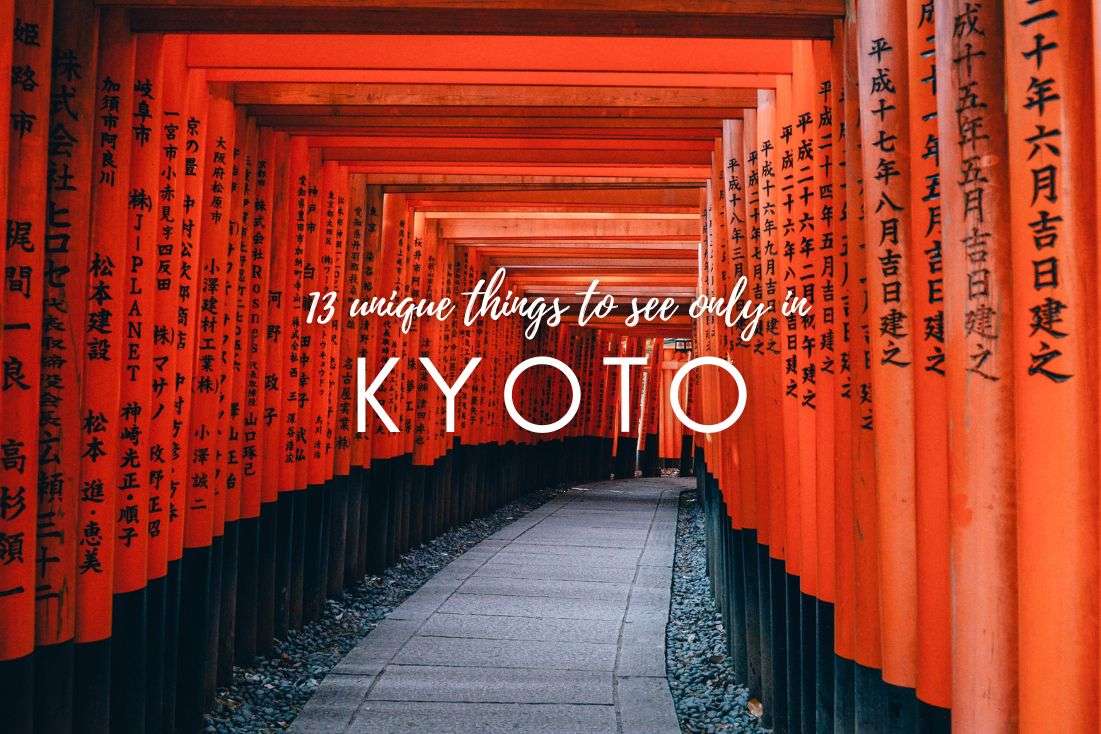
Kyoto, in my not-so-humble opinion, totally trumps Tokyo when it comes to where you'd want to spend your time in Japan. If you add the surroundings like Nara and Osaka, there’s just so much to see thanks to its rich history and beautiful nature. Why spend your precious time getting lost in the neon jungle of Tokyo when you can bask in the historic charm of Kyoto? Seriously, Tokyo is the least Japanese place in all of Japan.
Kyoto is Japan’s former imperial city, and brace yourselves, I'm suggesting you spend 3, no scratch that, 4 days here. You heard me right, even Mr. 'I-get-bored-easily' is recommending an extended stay in Kyoto (if you add Nara and Osaka). Get my Kyoto itinerary to see how I did it.
Now, let's talk logistics. Despite what you might read on some other wannabe travel blogs, parking in Kyoto is relatively straightforward and won't cost you an arm and a leg, even in the summer tourist tsunami. So, base yourself someplace central and don’t worry about a thing.
My top hotel tip for Kyoto: KAYA Kyoto Nijo Castle with the most beautiful rooms I’ve ever seen!
Map of cool things to see in Kyoto
Here is the location of every attraction on this list. For a better version, head on over to my Google Maps list. You can save it and use it as your own
Kyoto FAQs—know before you go
Is it worth renting a car in Kyoto?
Definitely, yes, it’s a great idea to rent a car in Kyoto. Kyoto's sightseeing spots are pretty spread out, so unless you fancy long walks or deciphering public transport, a car’s the best way to get around. Plus, traffic is surprisingly chill for such a popular place. Central Kyoto is dotted with mini car parks that make parking no hassle, contrary to what I read before I went there. Expect to pay between JPY 700 to JPY 1100, which is a steal compared to other big cities.
When's the best time to visit Kyoto?
If you're not a fan of melting in the summer heat, aim for fall or spring. Kyoto in summer is like being in a sauna you can't escape from. We tried this firsthand, and it was swelteringly hot!
What's a famous food in Kyoto I should try?
Try okonomiyaki because it’s famous—but I'm going to be honest, I think it's terrible. Maybe it's an acquired taste or maybe I just don't get it, but it was a one and done situation for me. Okonomyiaki is a pan-fried savory pancake that can include any number of ingredients. You’ll just have to try it and find out if you like it.
And now, the reason you clicked on this article in the first place, here’s my list of the best, unique, and some off-the-beaten-path places in Kyoto (if you’re already deep in the planning stages of your trip, see my 4-day Kyoto Nara Osaka itinerary):
1. Kyomizu-dera Temple
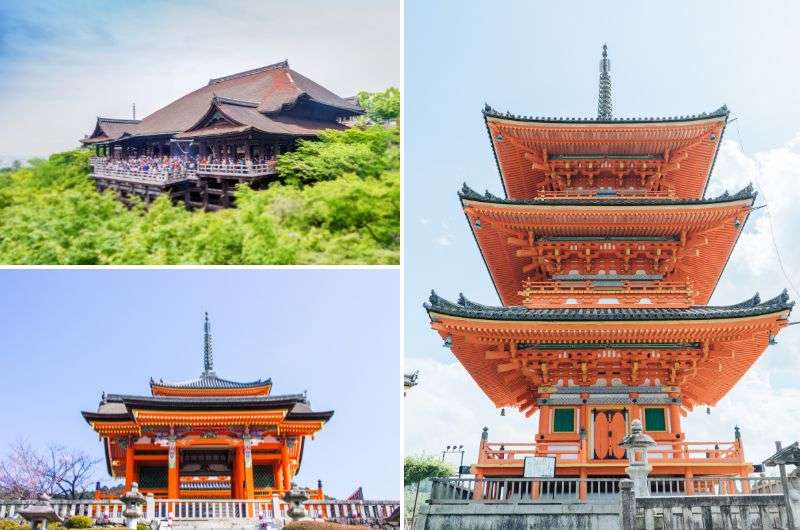
Different parts of Kyomizu-dera Temple
Kyomizu-dera is Kyoto's poster child, and it's not just the temple itself, it's the whole package—the exteriors, scenery, and all the fun love stuff are the main attractions—albeit very, very crowded. In hindsight, this was one of my favorite temples in Japan, and it had the best Kyoto views, but since I visited it in the beginning of our trip, I didn’t appreciate it quite enough.
It is dedicated to Buddhist and Shinto deities, so if there’s any place where the magic of love could work out, it’s probably here.
Let's get the parking out of the way first – it's a bit of a nightmare and costs an arm and a leg, so consider leaving the car a bit further and enjoy the stroll.
Kyomizu-dera is probably most known for the massive wooden terrace of the main hall with killer views of Kyoto. You’re literally just a 10-minute walk from the city’s busy lanes lined with souvenir shops, but it’s like you’ve been transported to another—more serene—world.
Parking at Kyomizu-dera is a bit of an expensive nightmare, so I say leave the car further away and walk. Sannenzaka Path is pretty scenic and so quintessentially Japanese, so you’ll enjoy it, but again, the body count was very high when we visited.
The main hall, built entirely without nails, is the highlight of the grounds, but take your time and really walk around the whole area, too. There's the love shrine at the back, complete with those 'love stones.' Walk from one to the other with your eyes closed, and bam—love is supposedly on its way.
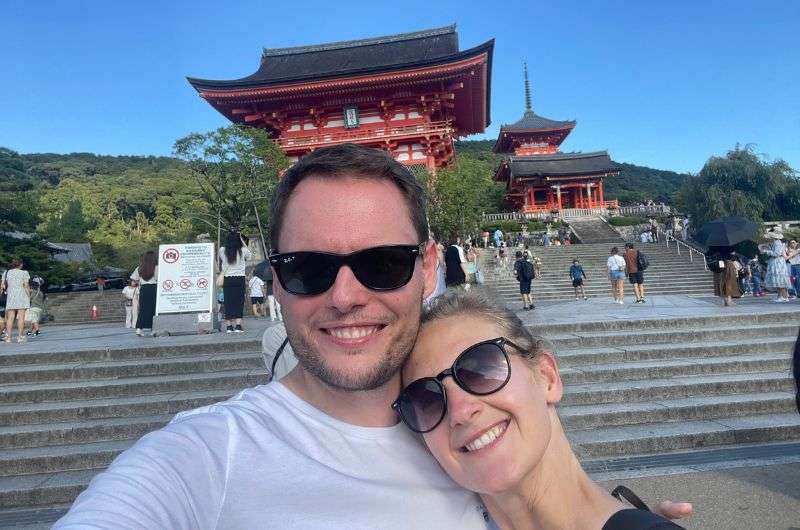
Exploring all the attractions of Kyomizu-dera Temple was really fun!
Of course, it’s impossible to forget Otowa Waterfall, the temple's namesake. It's this tranquil spot where you can drink for longevity, success, or love. Just remember, picking all three wishes is a big no-no. Everyone drinks from the same ladles, but thanks to some nifty UV sanitizing tech, it's all good. I went for the longest sitting ladle, just in case.
I really liked the two gates at Kyomizu-dera, as they’re both bright red and stand very tall. The main gate, Niomon, is the first spot where you’ll be above the surrounding buildings, so it’s bound to be the spot for photos, meaning there’s always a human traffic jam there (it’s also the only gate you can use to enter Kiyomizu-dera!). The west gate, Saimon, leads to paradise, so don’t walk through it before you’ve seen the rest of the temple grounds! Just kidding.
Close by, you've got the Zuigudo Temple, where you can literally walk in the dark, reliving your womb days. Bit odd, but hey, when in Kyoto, right? And for those deep into the love game, check out the Koyasunoto Pagoda nearby. It's all about childbirth and yet more views.
- Allow 1 hour for your visit
- Tickets: JPY 400 for the main hall
2. Tōdai-ji (temple)
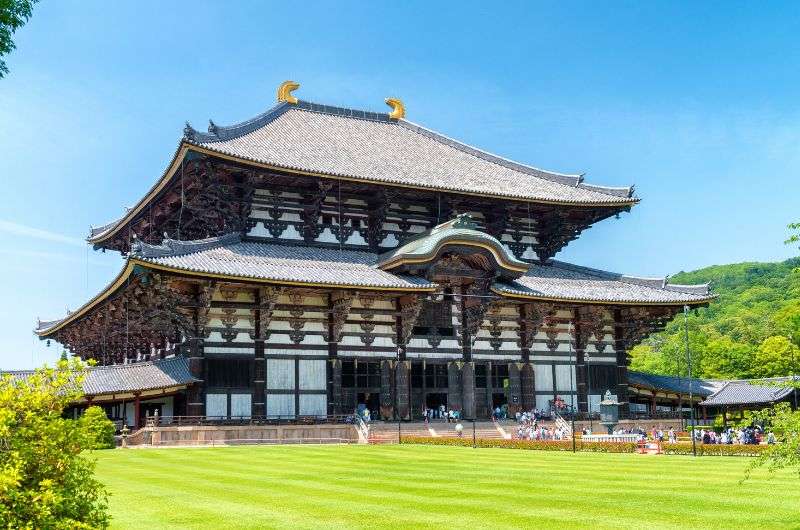
Daibutsuden
Tōdai-ji is one of the most historically important temples in all of Japan, so even though it’s technically in neighboring Nara, I still want to list it as a place that you have to visit if you’re in Kyoto.
Tip: It probably won’t come as a surprise that a temple that makes it onto a list in an entirely different city is no. 1 on the list in its own city. See what other attractions you can see in Nara, they will easily fill up a full day.
Tōdai-ji was originally built in 752 when Nara was the imperial capital. It’s biggest claim to fame is the very large, wooden temple called Daibutsuden (Big Buddha Hall). Honestly, it blew me away by just how massive it is. It feels way more colossal than Europe’s cathedrals. Daibutsuden is roughly 50 m (180 ft) long, wide, and tall.
The Buddha inside is supposed to be the “cosmic Buddha” who created the universe and all of the other Buddhas after him. You can try to reach enlightenment by attempting to squeeze yourself (or maybe your very small child) through the hole on the pilar close to the Buddha which is the same size as the statues nostril. Good luck and don’t get stuck. Also, how does “cosmic Jan” sound? I may need to rename myself.
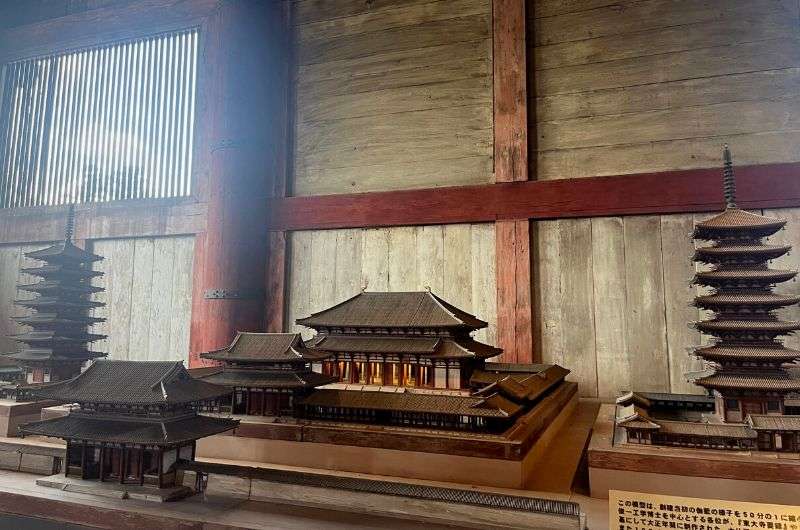
Mini Tōdai-ji temple
Until the end of the 20th century, Daibutsuden was the largest wooden building in the world. It had to be rebuilt, saved, and reconstructed several times due to wars. Nowadays, it’s little more than half the size of the original, and that’s mainly because the ginormous amount of cedar wood needed to build it. Despite clearing entire forests, traveling hundreds of kilometers, and building over 100 river dams, there just wasn’t enough wood they could get for this huge building. Can you imagine that?! I’m not lying when I say it’s massive!
There’s also the spectacular entrance gate to Tōdai-ji where you’ll meet many very cute deer wandering around from Nara Park. You can feed them using the pellets on sale; they may even bow for you!
You can get a free English guide on the spot (human, not brochure).
- Allow at least 1 hour for your visit
- Temple tickets: JPY 600
3. Kinkakuji (Kyoto)
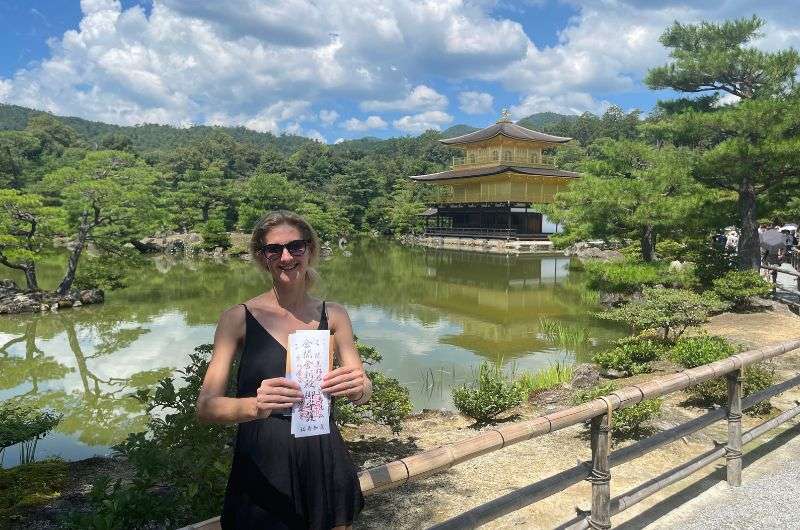
Everything about this picture is beautiful...the temple, lake scenery, tickets, and my girlfriend
Looking for a weird thing to do in Kyoto? Why not visit someone’s retirement villa? Kinkakuji can scratch that itch: it’s where a shogun’s spent his old age. The top two floors almost blind tourists with thanks to being completely covered in gold leaf, which is why it’s name is “Golden Pavilion”. The building stands on a lake, so, on a sunny day, that glare can be blinding! Sunglasses necessary!
They have the details down at Kinkakuji—I even kept our tickets for the first time in my personal travel history! They are very nice and very Japanese. A big plus is easy parking right next to the entrance. Also! It’s the first place I visited in Japan where garbage cans are readily available! It felt… luxurious! (If you’re wondering what’s up with the no trash bins anywhere, read my Japan travel tips article.)
Kinkakuji has 3 floors, each in a different architectural style: the 1st floor is built in the Shinden style of palaces during the Heian period, the 2nd floor is gives samurai home vibes in Bukke style, and the 3rd floor is that of Chinese Zen style, with gold inside and out and has a golden Pheonix on top. You’ll need to be content with getting a good view of the pavilion from across the lake, because entrance is forbidden.
Being such a small place means you only need an hour or so to see it at a leisurely pace. There was a ton of people there when we visited (are you starting to sense a pattern?), to the point where every single tourist from Europe and the US annoyed the heck out of me. Can you not give me 3 seconds to take a photo without butting into the frame?? The locals were respectful as always and had no trouble at all letting everyone get their pics in peace.
You then go on through the gardens and a teahouse where you can rest a bit under the red maple trees.
Kinkakuji is located on the outskirts of Kyoto, about a 20-minute drive from the city center. Not far is Arashiyama Bamboo Groove, which is no. 5 on this list, so you can connect the two for the most effective logistics.
- Allow 1 hour for your visit
- Tickets: JPY 500
4. Fushimi Inari Taisha Shrine (Kyoto)
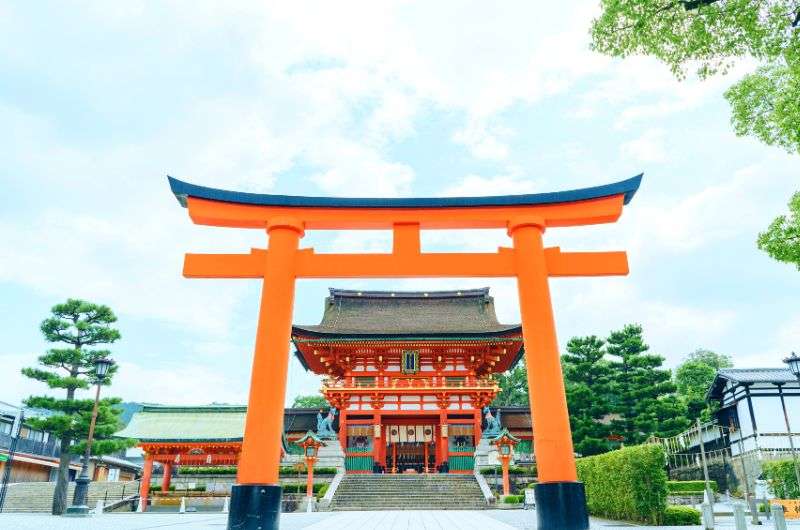
Kyoto’s popular gem—Fushimi Inari Taisha Shrine
An absolute must-see attraction in Kyoto and possibly the most photographed shrine in Japan is the Fushimi Inari Taisha—the one with a thousand red torii gates (not that anyone’s ever seen a photo of the actual shrine). You simply can’t come to Kyoto and not visit Fushimi Inari, it’s like visiting NYC and not seeing the Statue of Liberty. Is it all that you’ve dreamed it to be? Probably not, if you weigh the experience against the massive hype it gets. But it’s nice and a fun thing to do in Kyoto—where else in the world can you take a hike under hundreds of red torii gates?
Why are there so many torii gates at Fushimi Inari? The shrine is dedicated to rice and commerce, and each of the red torii has been donated by a Japanese business. This way, they’re expressing gratitude to the business gods (and probably hoping to stay on the guy’s good side in the future, too). Any why rice? Duh, this is Japan… and Fushimi Inari is the most important shrine in Japan dedicated to Inari, the rice goddess.
The number of tourists flocking to this place is part of the reason that it just isn’t that magical as you think it will be. But I get it, I added to the body count too, after all. The good thing is that it’s open 24/7, so if you are serious about beating the crowds, you can find an hour of the day where you won’t be there with busloads of other tourists. Just remember to look out for boars and monkeys if you’re visiting in the lonelier hours.
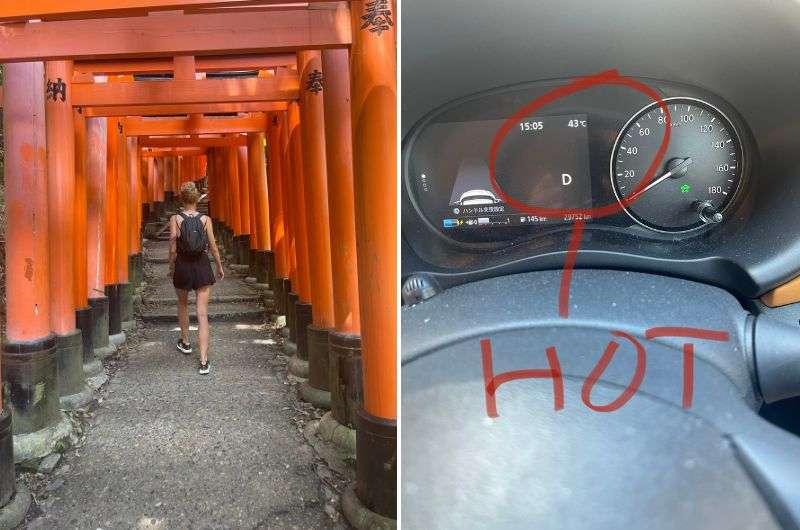
Walks In Fushimi Inari Shrine during hot weather—thank goodness for a bit of shade under the torii gates
Another thing to realize is that the further up on the trail you go, the less people there will be, because, well, it’s about 4 km (2.4 mi) or 2 hours or walking under torii gates at the base of a mountain, with lots of side trails and smaller shrines in the forest, too.
Not everyone is up for the entire things, and that’s ok. The main shrine grounds are before all of the torii madness, so you could just look at that and take in the first 30 minutes or so under the torii gates before heading back (and leave the rest of the trail more peaceful for the rest of us!). Once you get to Yotsutsuji shrine there is a viewpoint and some cafes, which you can take as a sign that you’ve seen enough and go back down.
The nice thing about passing under a thousand gates in the blistering summer heat is the shade they provide, though they are spaced out more the further up you go.
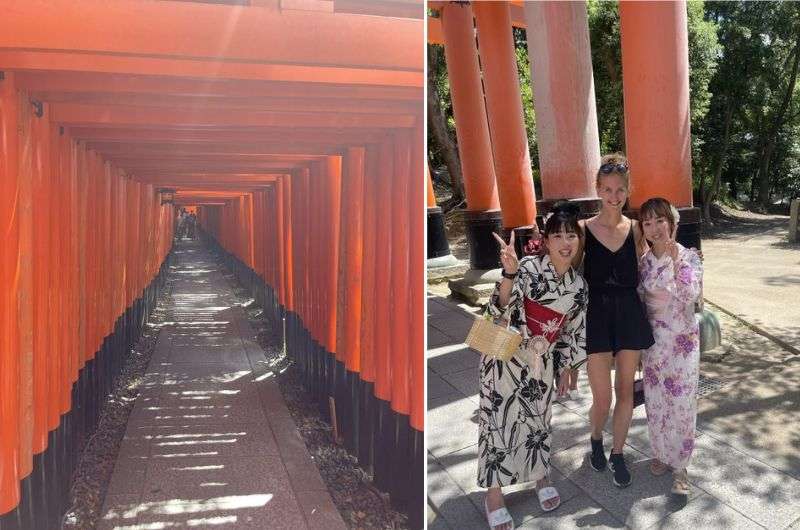
These lovely ladies wearing kimonos
I think Fushimi Inari Shrine is an unmissable thing to see in Kyoto, but don’t expect to get a pic with just you and the gates if you get there after 8 am.
- Around 2–3 hours for the full hike, less if you just stick your head in and go home again
- Tickets: free entry
5. Arashiyama Bamboo Forest
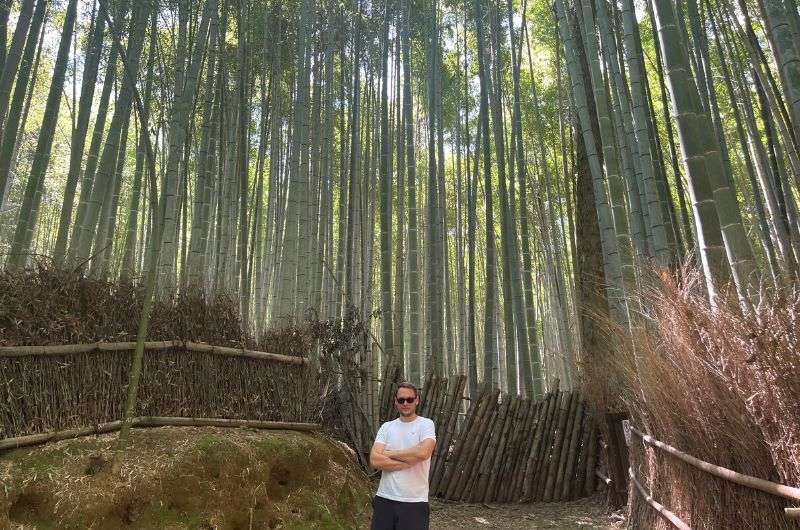
This is the Arashiyama Bamboo Forest picture you put on your Instagram...
If you look past the temples, the next highlight you’ll find in Kyoto is Arashiyama Bamboo Forest. It’s very nice, but don’t go thinking it’ll blow you away unless you’ve never seen a bamboo tree in your life. That said, those things are massive! I really thought bamboo tree trunks are thinner.
I was also hoping the bamboo trees would shade the heat more, but nope. They shade the sunlight alright, but somehow it was still just as hot.
The path is only about 500 m (0.3 mi) long, so you don’t need long to walk through it. You’ll probably spend longer than you want to trying to take a photo without 30 other people in it, so just get there early for the best results.
Some people swear by coming here for the sunrise, but I couldn’t be bothered to get up that early. Plus, then you’d miss the Sagano Romantic Train, which only starts going around 9 am, and that’d be a real shame. Read more about it below in item 5 on this list.
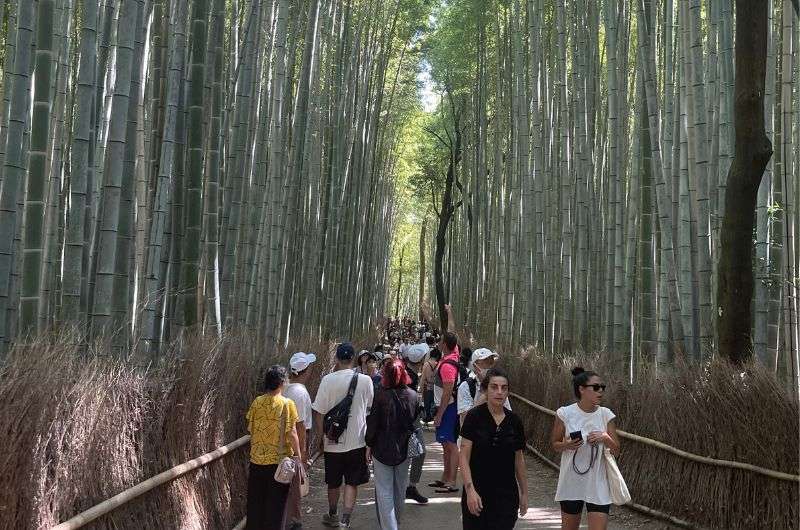
...and this is the reality
I put Arashiyama Bamboo Forest as the first stop on my Kyoto itinerary, first so you can try to get there before literally hundreds of other people (that sidewalk is a tight squeeze considering the popularity of the place), and second because it’s far from Kyoto city center, and after Arashiyama you’ll be slowly but surely returning back to the city.
There are tons of temples and shrines around Arashiyama, but unless you’re some kind of temple-phile, you really don’t need to try to see them. If you visit on a Sunday, most will be closed anyway, saving you the analysis paralysis. Kinkaku-ji is only 20 minutes away by car, so I’d skip all the shrines by Arashiyama and just do directly these. Again, see my itinerary to figure out the best logistics.
- Allow 2 hours for both the bamboo forest and the train
- Tickets: free entry to the forest, JPY 620 for Sagano Romantic Train
6. Sanjusangendo aka Rengeo-in
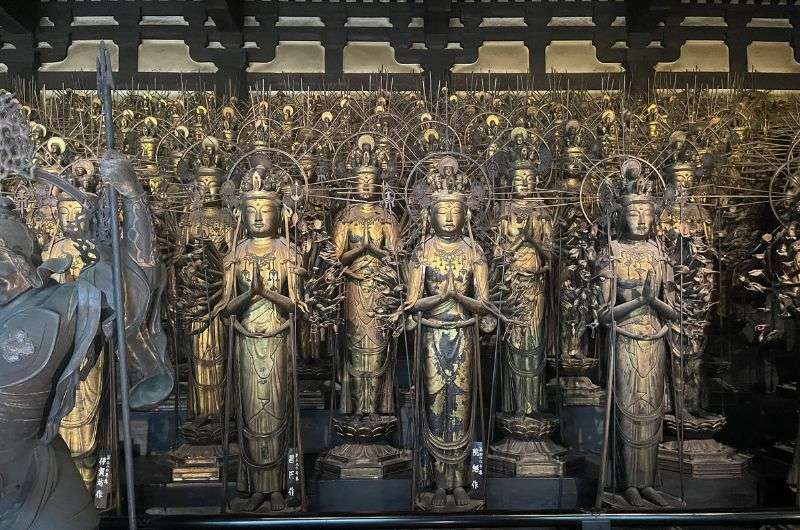
What is there to see inside Sanjusangendo? Oh, just 1001 statues representing a thousand-arm goddess
Just when you thought we’d be done with temples, it’s another temple! There’s just no way around it—some of the most impressive things to see in Kyoto are temples and shrines. What makes this one unique? The interior blew me away! You’ll marvel at the 1001 statues of the goddess Kannon, plus 28 of her guardians… how’s that for one “little” Japanese temple?
Who is Thousand Armed Kannon, the main deity of Sanjusangendo? Kannon is the goddess of compassion and mercy. With her 11 heads, she can see the suffering of mankind, and her 1000 hands allow her to multitask and help everyone out. Anyone with a keen eye will quickly figure out that there’s no way she has 1000 arms. It’s not all a lie. She has 42 arms, out of which the regular 2 don’t count (those are her personal arms for things like brushing her teeth and holding her coffee cup), and in Buddhism, there are 25 planes of existence. A little bit of simple math and you’ve got 1000!
But it’s not just the life-size, gold leaf-covered statues that are noteworthy—the building itself is special. You’ll probably notice that the main hall is extra-long—the longest wooden building in Japan at 120 m (394 ft). Even the name commemorates this: Sanjusangendo means “temple of 33 bays” and references the 33 intervals between the building’s support columns. I find it funny that it’s not named something like “the temple of the impressive statues” or “the temple of the really important goddess”, but instead it’s “look at the cool long building we built”.
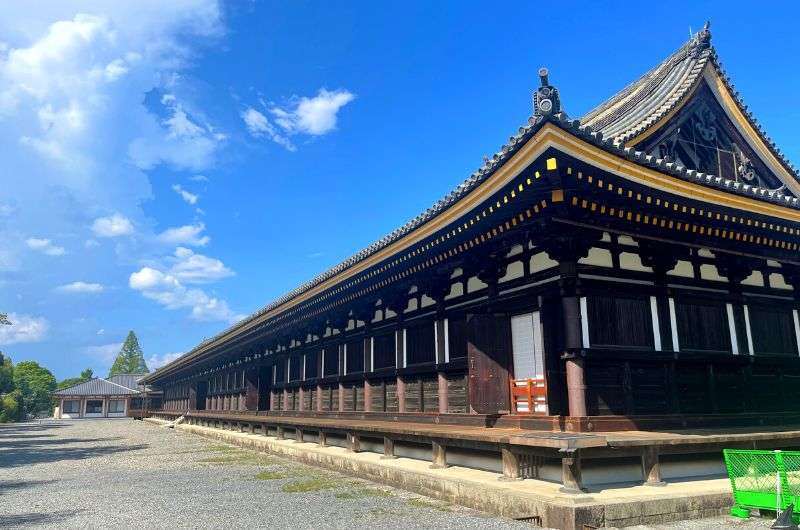
This is what the majestic, loooong Sanjusangendo temple looks from the outside
There’s also a nice, compact garden and 112 m (367 ft) of Shintoist wishes where my superstitious girlfriend picked up a very VERY large number of wishes. For me, the collection of bows and other weapons was way more interesting than some scribbles on paper.
Fun samurai fact: Sanjusangendo was built by a samurai for a Japanese emperor (on the emperor’s own land), which seems like a nice thing to do until you learn that for doing so, the samurai got the title of “Chancellor of the Realm”. He was the first samurai to get such a lofty title, and I’m pretty sure he wasn’t surprised by this and actually built the thing for this sole reason (he was a politician). To me, the title sounds like “Guardian of the Galaxy”, so I’m kind of impressed. The emperor’s mausoleum is on the grounds of the temple.
- You need 30 minutes for the visit
- Tickets: JPY 600
7. Nijo Castle
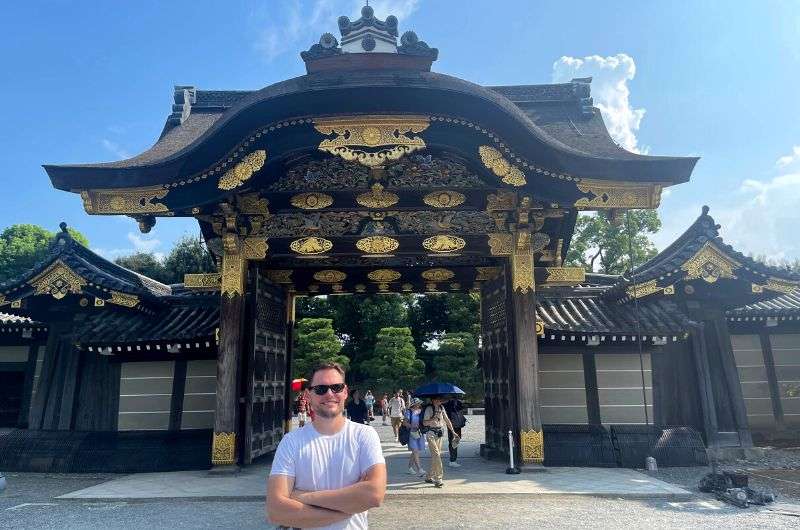
Japanese version of Prague’s Vyšehrad
If you’ve ever been to Prague’s Vyšehrad, Nijo Castle is like the Japanese version of that. Nijo Castle can be described as a bunch of pretty palace buildings and even prettier gardens surrounded by walls and a moat.
It used to be an ordinary shogun residence, then an extraordinary shogun residence when a 5-story castle was added, then an imperial palace, and finally a historic site. UNESCO likes it, so you should definitely take the time to visit when you’re in Kyoto. Nijo is entirely different from all the other highlights of Kyoto. It’s a nice change after all the temples and shrines!
Top hotel tip! KAYA Kyoto Nijo Castle is just a few streets from the actual Nijo Castle and it was my favorite hotel that we stayed at in Japan. Go check out the photos of the rooms, they’re just so… serene and Japanese!
The main building that you can visit at Nijo Castle is the incredible (and huge!) Ninomaru Palace, which is where the shogun would live and do business when he visited Kyoto. Unlike the castle that burnt down in a big fire, the wooden Ninomaru Palace is in its original form. You need to pay an extra fee of JPY 500 to go inside, but it’s very much money well spent (but still one of the most expensive tourist sites to visit in Kyoto).
You can squeak your way through the multiple rooms inside the palace (because of the nightingale floors that made sure nobody could sneak in unheard), pretending the shogun is on his elevated platform in the main room. Back in the day, if you weren’t VIP enough, you were only allowed to enter as far as the neighboring rooms and never lay your eyes on the shogun. Must’ve been an interesting way to hold meetings. I loved the interiors, very nice, very black and gold, sort of like my own apartment! I knew I was shogun material!
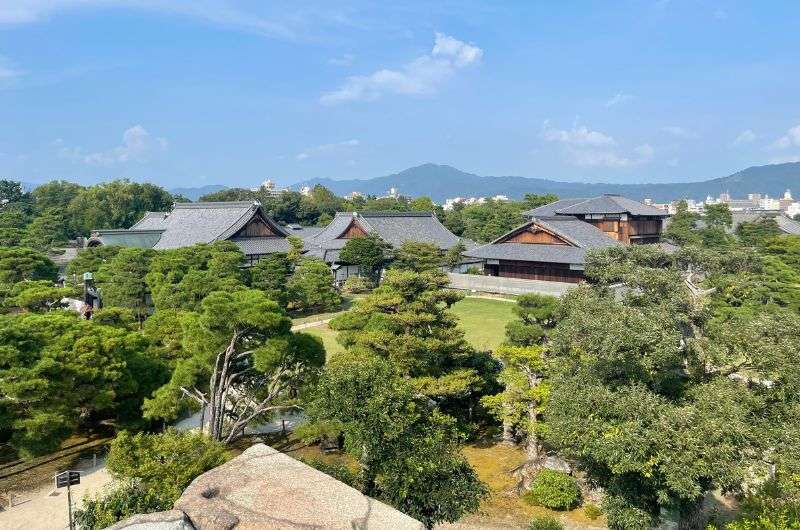
The view to Honmaru Palace. No visits allowed unless there’s a special occasion
Then there’s the main circle of defense where the castle used to stand, but they never rebuilt it and instead, the Honmaru Palace took its place. Unless you visit Nijo Castle on one of the special occasions when Honmaru is open, you’ll only be able to catch a peek from the distance. Scramble up on the former castle walls for the best views.
The gardens surrounding all the buildings are themselves worth your time, especially if you can make it in late March or April for cherry blossom season. We didn’t, but it was still pleasant even without the pink flowers on the trees.
Make sure to leave yourself at least 1.5 hours for Nijo Castle, as the grounds are huge. You can get an audio guide and learn about the interesting history. I love me some history!
- Allow 1.5 hours minimum for the visit
- Tickets: JPY 800 and JPY 500 extra for Ninomaru Palace
8. Arashiyama Sagano Romantic Train
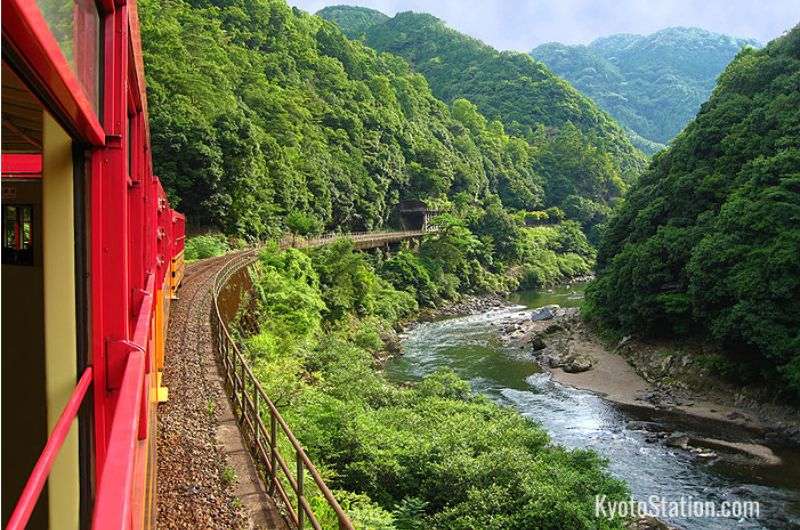
The Sagano Romantic Train is a must-do add-on to the Arashiyama Bamboo Forrest. It’s a 25-minute train ride through stunning the scenery of Hozukyo Ravine. It goes from Saga Torokko station to Kameoka Torokko Station, a route of about 7 km (4.3 mi), but you can hop on at other stations along the way, too. To combine the Arashiyama Bamboo Forest and the Sagano Romantic Train, head to Arashiyama Station.
As you can see from the route length/duration, the Sagano Romantic Train chugs along very slowly. In extra-pretty stretches, in even slows down further so you can really take in the magic! It’s kind of funny, but I didn’t mind it, it’s only half an hour of my otherwise speedy exploration days. You can stare at the river, the trees, some bridges, and such.
Tip: Unless you’re visiting when the weather sucks, try to get tickets for the coveted “rich car”. Car no. 5 is open-air, while all over cars have glass windows. They do open but it’s not the same as getting the breeze of fresh ravine air guaranteed. Then again, umbrellas are forbidden on the train, so expect to get wet when it rains.
The already gorgeous nature is extra special when you visit in cherry blossom season or in the fall when the maple trees are lovely (I didn’t and it was still full of lovely scenery). The one time you don’t want to visit the Sagano train is in the winter: the train doesn’t run in January and February. Check the schedule for other months.
To get tickets, either buy them in advance at travel agents or try your luck on the day. Sales start at the train stations around 8:30 am on a first-come-first-served basis (trains start around 9 am). They sell tickets for the seats first, then you can get a few standing tickets, and then the train is sold out and you’re out of luck. I suggest heading to the station first thing and then doing the bamboo forest while you wait for your train time.
- Allow 1 hour for the train, but add time for the Bamboo Forest!
- Tickets: JPY 880 for one-way tickets
9. Teppaniyaki restaurants
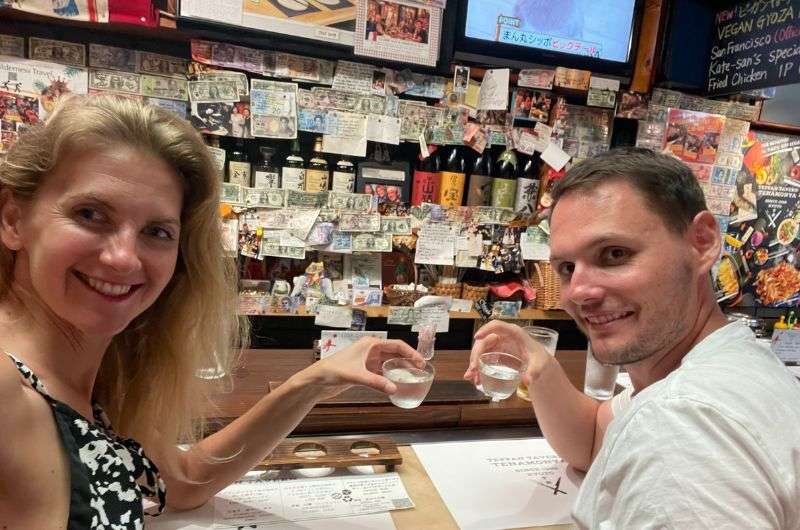
A welcome drink at Teppan Tavern Tenamonya in Kyoto
Teppaniyaki restaurants are those where your food is cooked right in front of you on a large iron griddle, so you basically get a live cooking show. It's part drama, part comedy, and 100% delicious. It’s an exciting way to eat, because the food is as fresh as it can be, plus you get sizzling delicious ingredients right in front of your hungry face. A lot of teppaniyaki restaurants are higher-end establishments where they only top-notch ingredients like fancy beef and seafood.
You either sit at the bar right at the kitchen where the griddle lines the entire bar, or there can be a griddle as part of each table at the restaurant.
Now, let me tell you about my visit to Teppan Tavern Tenamonya in Kyoto. This place had the quirkiest reservation system I've ever seen, hands-down. Their email communication was a riot—it was like receiving an invite to a secret club, where punctuality is your ticket in, and the door locks behind you like some spy movie.
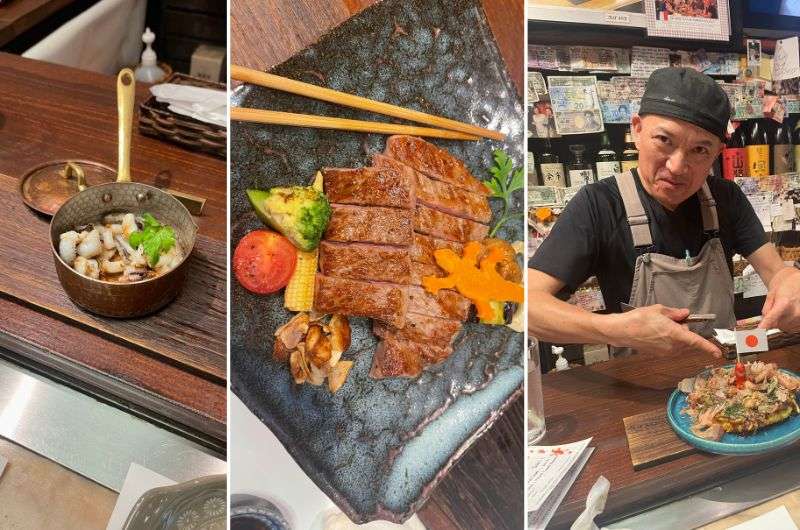
The food was delicious! The reservation process hilarious
The email sounded like a mix between a warm invitation and a warning: "We lock the door because people without reservations try to storm our culinary castle, and sometimes cry when we try to make them leave."
Despite the odd reservation antics, the staff was super friendly (though—dare I say it—slightly fake?), and the food was superb. But a word to the wise: maybe skip their local specialty, Okonomiyaki. A weird cabbage pancake? No thanks.
The reservation email ended with a plea not to be a no-show, reminding me that by securing my seat, I had triumphed over a hundred other hungry contenders. It felt like winning a golden ticket to Willy Wonka's Chocolate Factory, but for grilled food.
Other Teppaniyaki restaurants to try in Kyoto:
10. Gingakuji aka Jisho-ji Temple
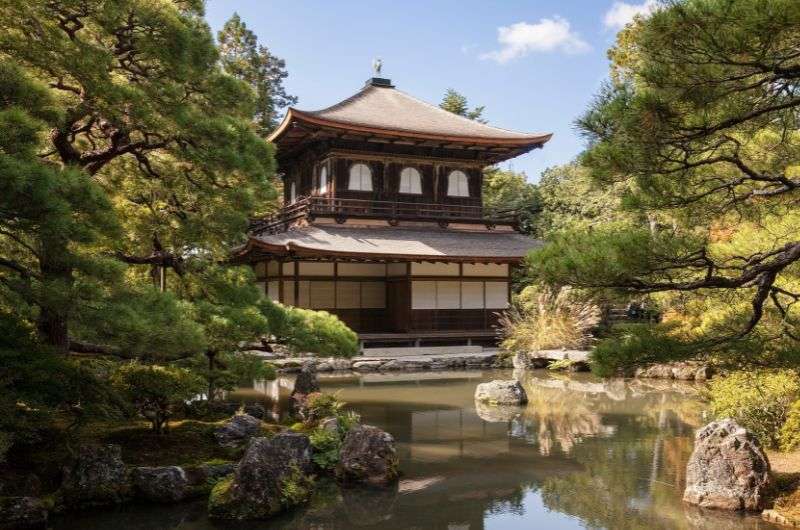
Ginkaku-ji Temple—closed when we went :(
I want to put Ginkakuji on my Kyoto attractions list despite not going myself—or let me re-phrase that. We went, they just didn’t let us in. It was closed, guys! I still don’t know why, since they don’t have any official closing days. Definite bummer, because who wouldn’t want to visit the “Silver Pavilion”??
Truth be told, it’s not actually silver, like, at all, and you can’t actually go inside any of the buildings anyway. BUT it’s supposed to be a really cool place.
Gingakuji temple was created on the grounds of a shogun’s retirement villa, which he modeled after his dad’s place, Kinkakuji, aka the “Golden Pavilion”. It’s possible that Silver Pavilion was a nickname that came about from this relationship rather than anything to do with its color (the Silver Pavilion is black with white screens).
A similarity between the two, besides the use of different architectural styles of the buildings and the garden landscaping, is that you see them from a circular path and can’t actually go inside any of the structures. Keep an eye out for the paintings on some of the sliding doors.
If I actually got to see Gingakuji, I think I’d also appreciate the sand garden called “Sea of Silver Sand” and the moss garden with ponds and little islands, though I’m not sure about the cone-shaped moon-viewing platform. That may be more of a head-scratcher.
- Allow 1 hour for the visit (that’s my guess at least)
- Tickets: JPY 500
11. Nishiki Market
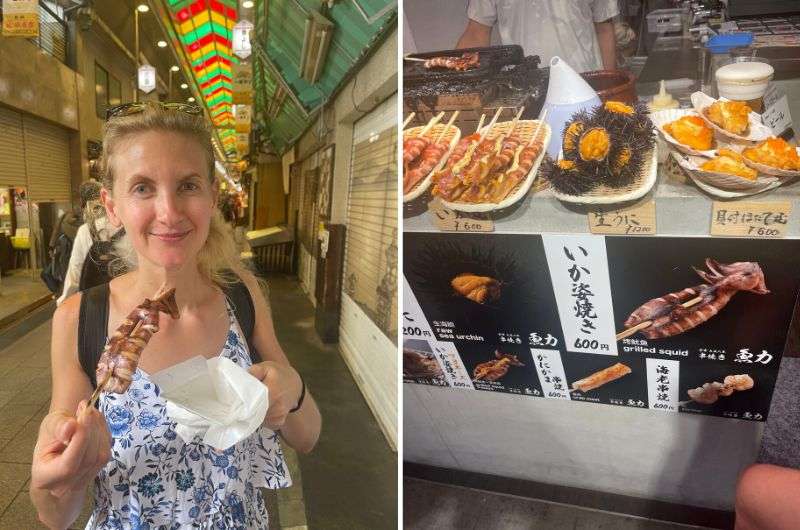
Tasting squid on a stick at Nishiki Market
This is a strange addition to the list because I sort of hated it when I was there, but I now think I may have let my own bias towards crowded places cloud my judgement. In hindsight, Nishiki Market was one of the most interesting things to see in Kyoto. I just don’t like markets full of people… or markets in general.
Nishiki Market is a street and market hall chock full of little shops and stands of almost entirely just food—beef skewers, tofu donuts, shrimp tempura, quail eggs, and… Mexican tacos? Yes, you’ll get tourist trap vibes here and there, but hey, you are a tourist! And they’ve literally trapped you if you actually enter. The sheer number of human bodies is enough to grab you and spit you out the other end an hour later. But hey, at least you’ll be full—I recommend coming here for lunch, since Nishiki seems to close pretty early in the day, too early for dinner.
Tip: Don’t walk while eating, it’s frowned upon. Always finish one tasty tidbit before moving on to sample at other stands.
12. Samurai Ninja Museum
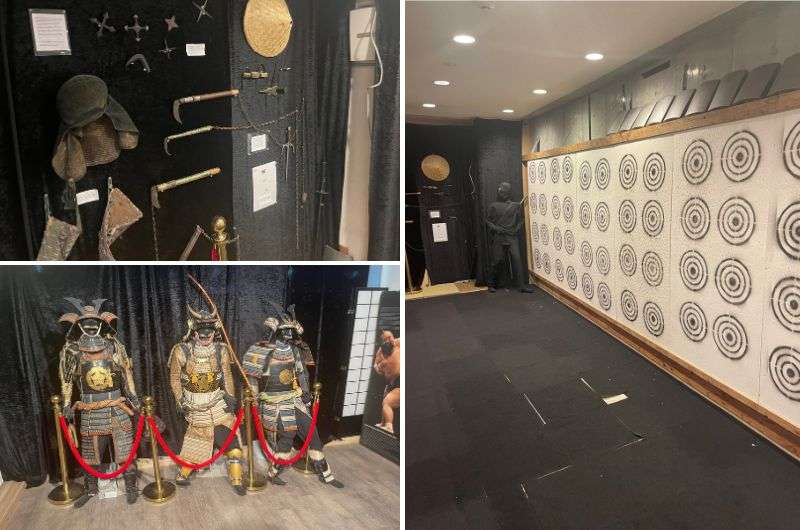
Samurai Ninja Museum
At JPY 3300 per person, the Samurai Ninja Museum is an expensive experience, especially if you’re visiting with the whole family. That said, I did enjoy it, especially thanks to our fun and engaging guide and some ninja star throwing at the end.
I think the Samurai Ninja Museum was cool, but for someone that’s interested in history, the information they gave was a bit basic. I did, however, enjoy the authentic Edo armor on display. Got stuck staring at it for a good several minutes while playing samurai movies in my mind.
You’ll notice the mustaches attached to the helmets, which were used because boys became samurais from the age of 12. To mask their young age from enemies, they got fake facial hair. I guess you have to be clever if you’re sending out tweens to fight for you.
Samurais shaved their heads, for the simple reason of comfort: imagine all that hair under a sweaty helmet. Itchy much? And oh, some samurais were weirdos that killed people just for looking into their eyes. Sheesh, you give a guy a sharp knife and he thinks he’s god or something.
Another fun fact I learned: Japanese dragons have 3 claws, Chinese dragons have 5. Random, I know, but I love to expand my knowledge. You never know when you’ll need some good dragon wisdom!
At the end of the tour we threw ninja stars and there was a chance to play dress up and take photos. Not my jam, but I certainly proved I’m samurai material with those shurikens!
I recommend pre-booking if you’re visiting in high season and don’t want to risk a long wait.
- Allow at least 1 hour for the visit
- Tickets: JPY 3300
13. Nara
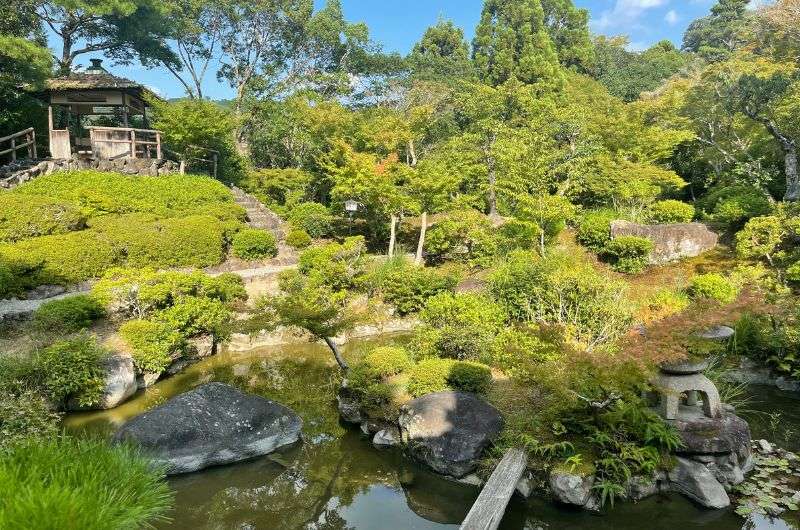
The beautiful gardens in Nara
This isn’t a place to visit in Kyoto, but rather next to Kyoto, and it’s an entire city. I just want to make extra-sure that you won’t skip it. It’s not just the grandiose Tōdai-ji temple that you HAVE TO visit, but it’s where deers bow in front of you like the proper Japanese citizens they are. It’s the bakeries and cafes in the former merchant quarter of Naramachi and the picturesque views you get from Wakakusa Mountain. And the most Japanese of all the Japanese gardens you’ll ever see is Nara’s Yoshikien Garden.
Nara is a vibe, and the place I enjoyed most out of all the Japanese cities I visited. So go, you won’t regret it!
See why you have to add Nara to your Japan trip with my , or just head straight over to my .
Don’ts: What NOT to see in Kyoto
Now that you know all about all unmissable unique experiences in Kyoto, I wouldn’t be able to sleep well if I didn’t include a warning against a couple of not-so-great places in the city.
When you go to Kyoto, don’t waste time at these “attractions”:
14. Don’t: Gion quarter
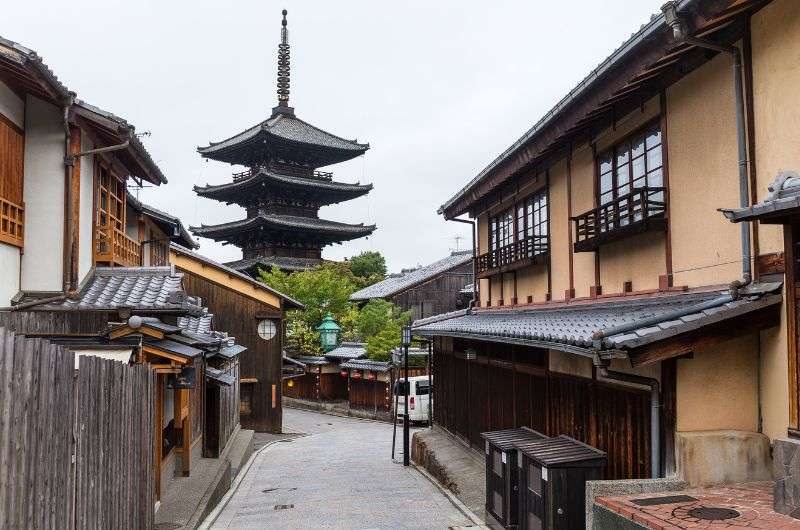
I’m not a fan of Gion quarter
I don’t get Gion. It has the narrow facades of the wooden merchant houses and tea houses… and that’s about it. It’s nice, ok? But so are so many other places in Kyoto. Maybe if you have a Geisha fetish, you can go and hope to see one (we saw exactly 0), but you probably will have to do with the minority of people walking around in kimonos.
You can visit Tatsumi Bridge, which is cute but unspectacular, but I’m really not sure how it’s such a frequent photo from Kyoto. It doesn’t represent it well at all, there are so many other more “Kyoto” spots in the city.
Go ahead and try it out, Hanamikoji Street is the main drag. Go there for the restaurants and shops, I guess. There’s a huge parking lot that makes it easy to get in and out fast (like after you realize there’s nothing there).
Fun fact: In the movie “Geisha”, the main character, named Chiyo, runs from Gion to Fushimi Inari Shrine to wish for a better life under the thousand torii gates. But, um, Fushini Inari is like 5 km (3 mi) from Gion, so nope, not in those shoes!
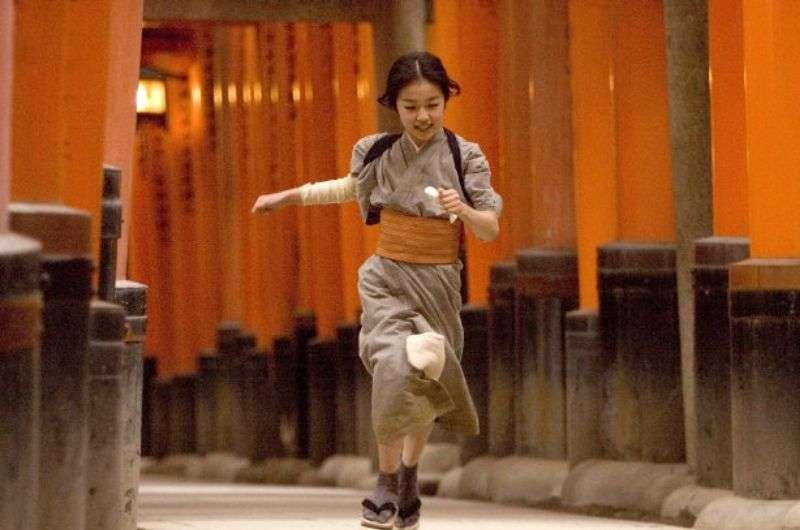
That's what it reminds you of!
15. Don’t: Kyoto Railway Museum unless you speak Japanese
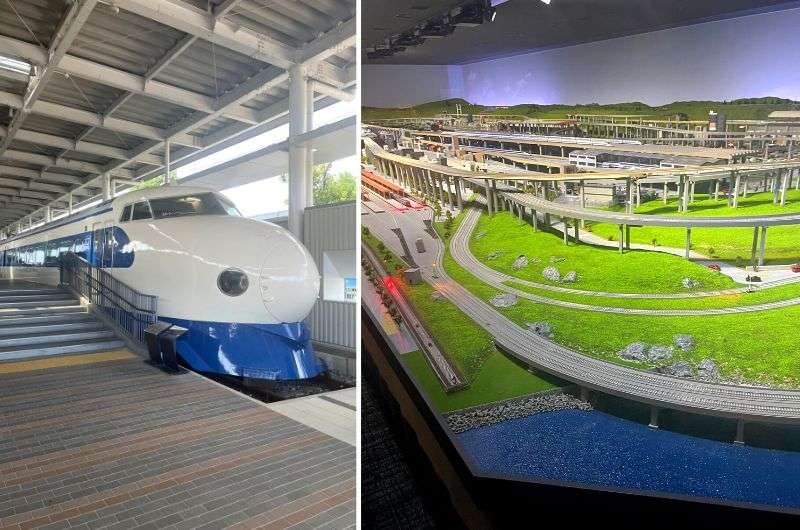
The Kyoto Railway Museum is not very English-friendly...
What I liked most about this museum is all the kids squealing out of pure joy when they saw each train. Otherwise, for a childless visitor that doesn’t speak or read Japanese, I wasn’t that impressed. Maybe I had higher expectations, or maybe I’ve been to too many technology museums in my day and have seen much better? Overall, I was disappointed.
Sure, even I could appreciate the life-size shinkansen, and the café inside of a train car. But since 80% of the signs at the Railway Museum were just in Japanese, it was hard to stay engaged.
That said, it’s a very interactive museum and we spent 2 hours getting our choo-choo on. The diorama with bizarre music was… something else.
- If you go against my advice and go to the Railway Museum, set aside about 2 hours
- Tickets: JPY 1500
This post contains affiliate links. I earn a small commission if you make bookings through my links, at no additional cost to you. This helps us keep this blog free, thank you!
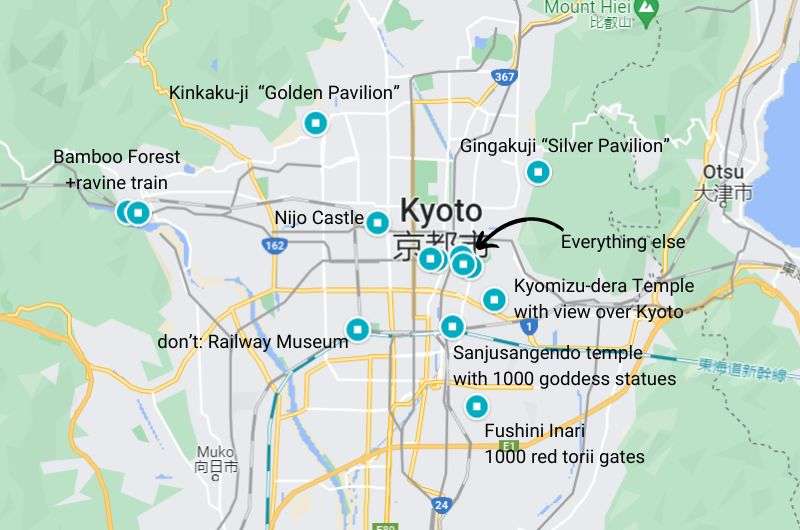
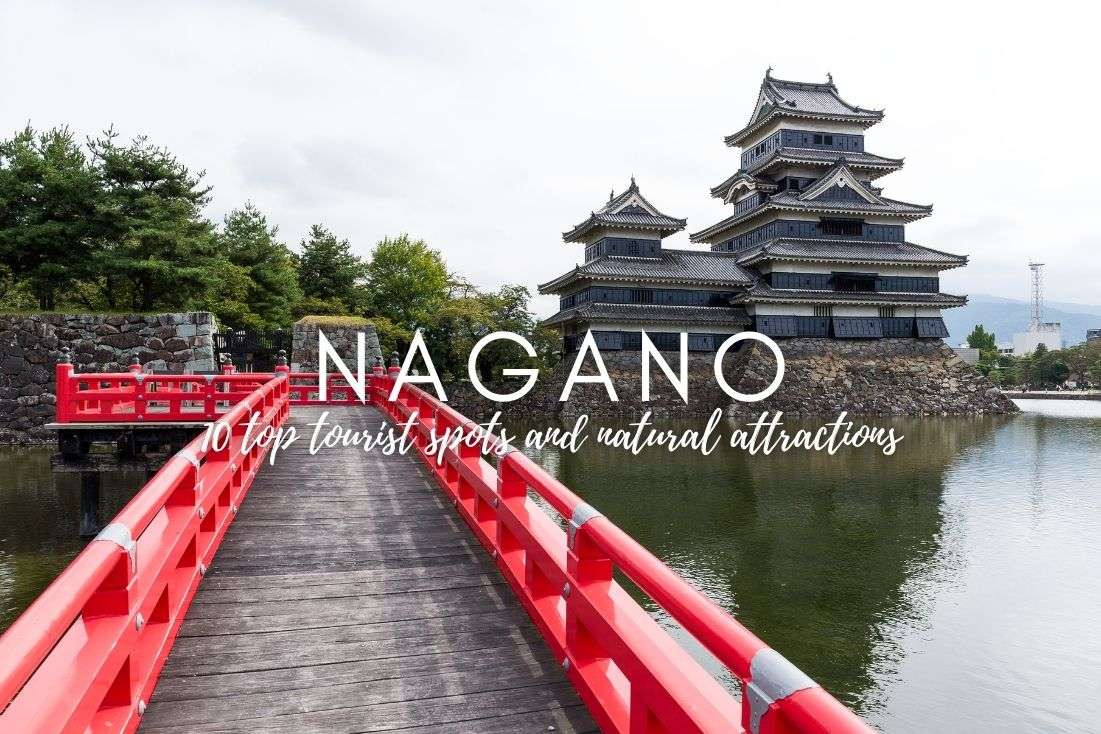
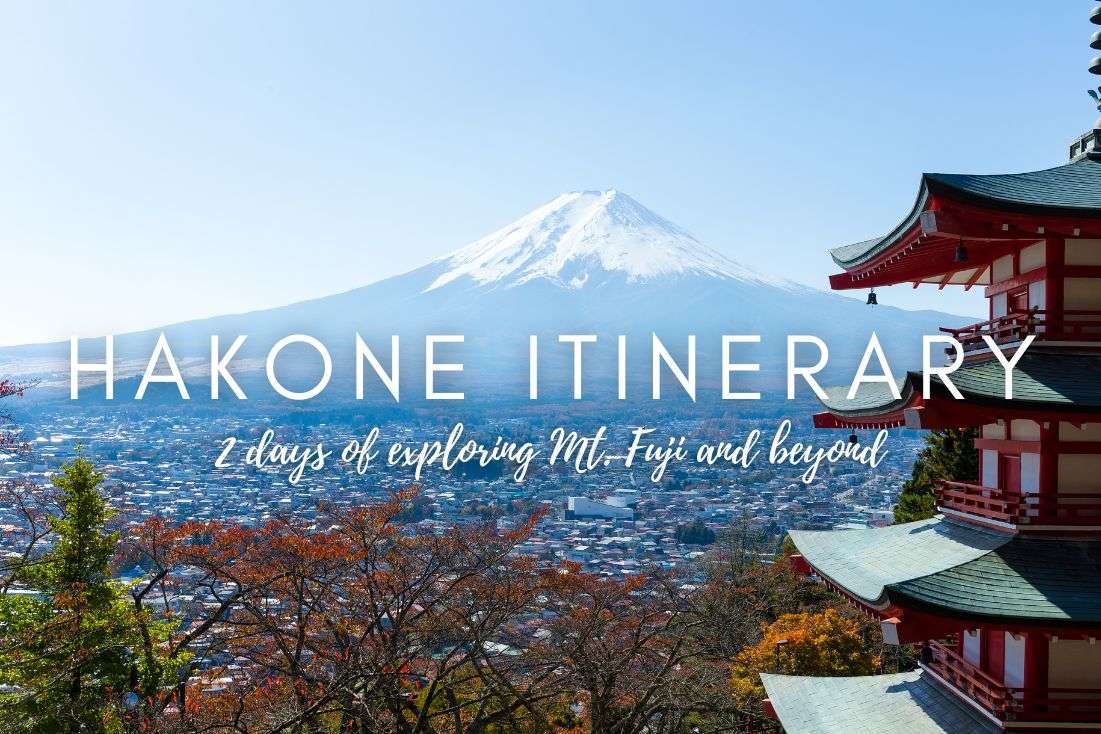
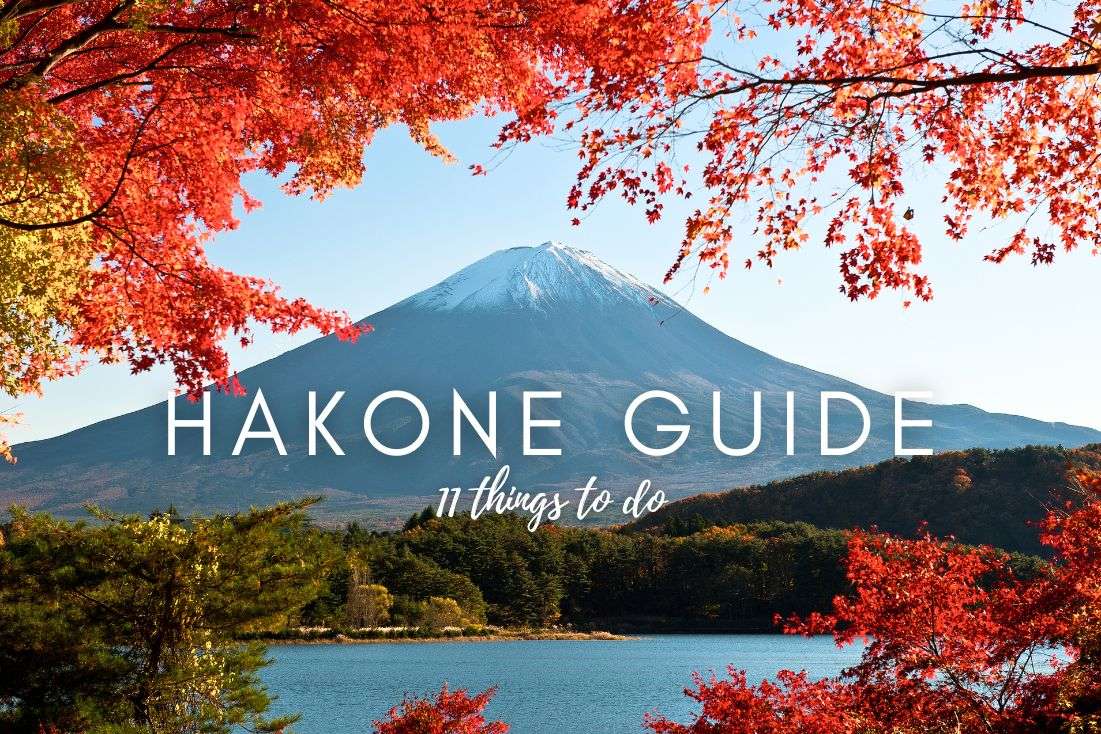




Comments
Thoughts? Give us a shout!